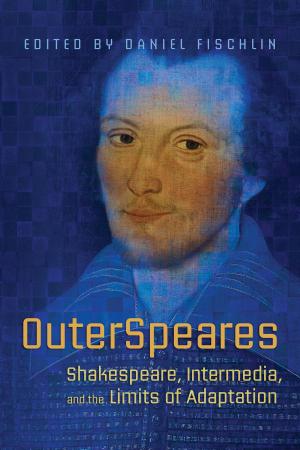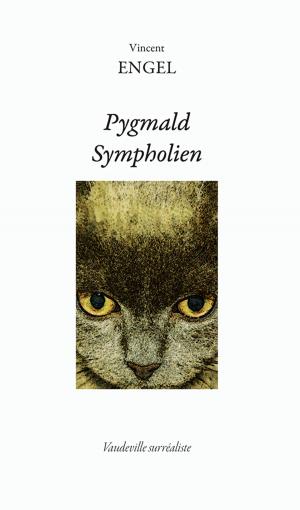The Movies of Susanne Bier: a Cohesive Discourse
Nonfiction, Social & Cultural Studies, Social Science, Gender Studies, Entertainment, Performing Arts| Author: | Rene Hirsch | ISBN: | 9781370951635 |
| Publisher: | Rene Hirsch | Publication: | December 11, 2016 |
| Imprint: | Smashwords Edition | Language: | English |
| Author: | Rene Hirsch |
| ISBN: | 9781370951635 |
| Publisher: | Rene Hirsch |
| Publication: | December 11, 2016 |
| Imprint: | Smashwords Edition |
| Language: | English |
This book analyses the various narrative material found in five of the films Susanne Bier directed between 1999 and 2007, four of them belonging to her ‘Danish’ period, the fifth one being her first American feature.
The first part deals with the narratives attached to the structure, the characters, the contextual elements, and the themes of each movie. It reveals the coherency and consistency marking this director’s work during this 10-year period.
All five films stage a disruptive event that reshuffles the life of the personages. A period of adaptation follows during which the relationships and goals are reappraised until a new equilibrium is reached.
The personages whose life has been disrupted experience a series of states that frame their transformation: beginning with a sense of powerlessness that provokes a reaction of rejection, they ultimately accept the situation imposed on them, which leads, in some cases, to their liberation.
The contextual elements refer to Susanne Bier’s use of material symbolism that gives furniture and kitchens, but also animals, plants, space and geopolitical content a significant narrative function.
The last section summarizes some of the thematic elements found in each film, such as the love constructs caused by the reshuffling of the existing relationships, or the significant position attributed to the paterfamilias.
The second part describes three overarching thematic threads common to all five movies. Their interaction suggests the emergence of a transcended purpose to the existing love relationships that aims at preserving the patriarchal structure of the family unit.
These threads provide the viewer with a strong sense of unity and continuity and strengthen the feeling of “narrative transportation” that Susanne Bier’s work instigates.
This book analyses the various narrative material found in five of the films Susanne Bier directed between 1999 and 2007, four of them belonging to her ‘Danish’ period, the fifth one being her first American feature.
The first part deals with the narratives attached to the structure, the characters, the contextual elements, and the themes of each movie. It reveals the coherency and consistency marking this director’s work during this 10-year period.
All five films stage a disruptive event that reshuffles the life of the personages. A period of adaptation follows during which the relationships and goals are reappraised until a new equilibrium is reached.
The personages whose life has been disrupted experience a series of states that frame their transformation: beginning with a sense of powerlessness that provokes a reaction of rejection, they ultimately accept the situation imposed on them, which leads, in some cases, to their liberation.
The contextual elements refer to Susanne Bier’s use of material symbolism that gives furniture and kitchens, but also animals, plants, space and geopolitical content a significant narrative function.
The last section summarizes some of the thematic elements found in each film, such as the love constructs caused by the reshuffling of the existing relationships, or the significant position attributed to the paterfamilias.
The second part describes three overarching thematic threads common to all five movies. Their interaction suggests the emergence of a transcended purpose to the existing love relationships that aims at preserving the patriarchal structure of the family unit.
These threads provide the viewer with a strong sense of unity and continuity and strengthen the feeling of “narrative transportation” that Susanne Bier’s work instigates.















